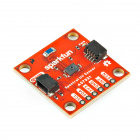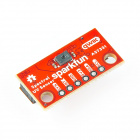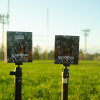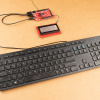We recently released an ultraviolet sensor capable of measuring UV light in different wavelength ranges, including UVA (320-400 nm), UVB (280-320 nm), and UVC (100-280 nm)! When thinking about environmental sensors, people might not think of testing UV at first, so we wanted to showcase a few applications of UV sensors and data.
UV sensors have become indispensable in various industries, providing a valuable tool for detecting and measuring ultraviolet radiation. These sensors are designed to respond to different wavelengths of UV light, enabling a wide range of applications across sectors such as healthcare, environmental monitoring, electronics, and more.
Skin Health Monitoring
UV sensors find application in wearable devices designed to monitor sun exposure and protect users from harmful UV rays. These sensors can measure UV intensity and duration, helping individuals manage their sun exposure to prevent skin damage and reduce the risk of skin cancer.
In the wild: Companies like Wearshade sell wearables outfitted with UV sensors so people can monitor their UV exposure while they're out and about.
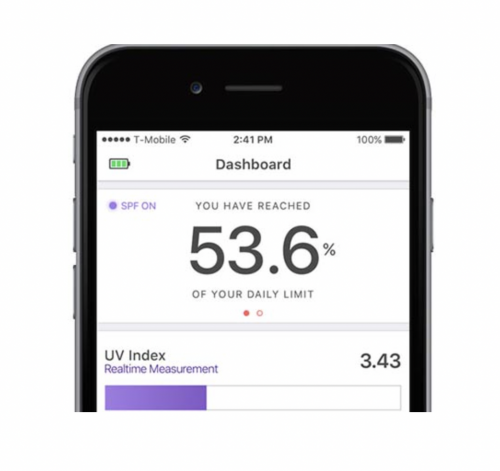
Environmental Monitoring
UV sensors play a vital role in environmental monitoring systems. They are used to measure UV radiation levels in the atmosphere, providing valuable data for assessing air quality, studying ozone layer depletion, and understanding the impact of UV radiation on ecosystems.
In the wild: UV sensing doesn't just happen on Earth! The Curiosity Rover on Mars uses UV sensing technology to track trends and correlations across different types of environmental data.

UV Disinfection
UVC light is known for its germicidal properties, capable of destroying bacteria, viruses, and other microorganisms. UV sensors are employed in various systems to monitor and control the exposure of water to UVC light, ensuring the effective elimination of harmful pathogens. This is used in many industries, from water treatment to air purification.
In the wild: In the wake of the Covid-19 pandemic, using UV sensors to monitor adequate disinfection of the environment inside airplanes became a highly demanded application.
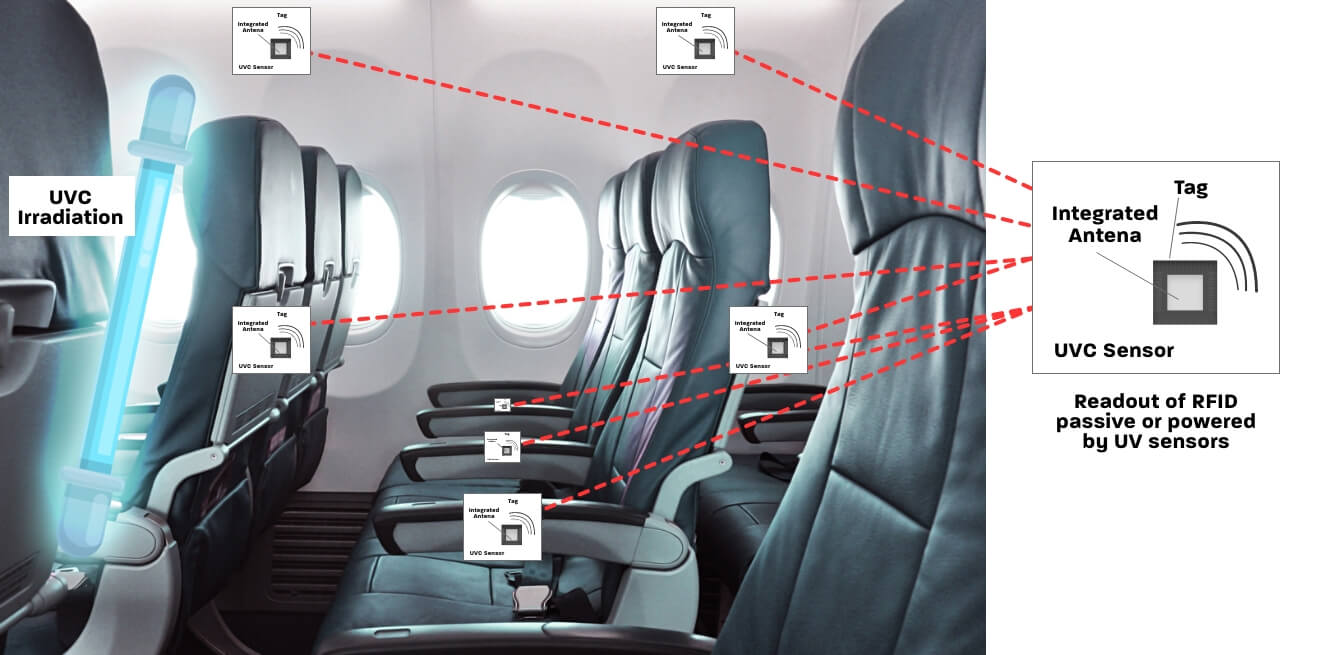
UV Curing
UV curing is a rapid and efficient process widely employed in industries such as printing, coatings, and electronics manufacturing to cure or harden materials using ultraviolet light. UV sensors play a pivotal role in this process by measuring and monitoring the intensity of ultraviolet light emitted during curing.
These sensors ensure precise control over exposure times, contribute to quality assurance by preventing under- or over-curing, and enhance safety by promptly detecting and responding to deviations in UV light intensity.
In the wild: UV technology is used in the bonding process during the manufacturing of some PCBs!

Food and Beverage Industry
UV sensors are employed in the food and beverage industry to monitor and control UV light exposure for processes like UV pasteurization. This helps maintain the quality and safety of food products by eliminating harmful microorganisms.
In the wild: The traditional dairy pasteurization process that makes it able to be consumed long after it's fresh is very energy and water intensive. A new method has recently emerged called raslysation, which uses UVC light to accomplish the same task as thermal pasteurization with a 60-90% cut in energy consumption and a 60-90% reduction in water usage.
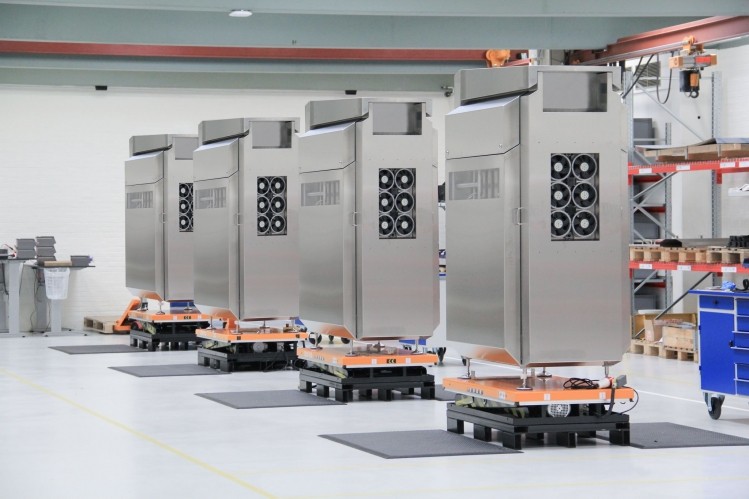
Partial Discharge Monitoring
UV sensors are employed in the field of electrical engineering for partial discharge monitoring in high-voltage equipment. Partial discharges emit UV light, and sensors are used to detect and analyze these emissions. Monitoring UV signals helps identify potential insulation issues in power systems, enabling preventive maintenance and reducing the risk of electrical failures.
Analytics in Water Quality and Microorganism Contaminants
UV sensors contribute to water quality monitoring by detecting UV-absorbing substances and microorganism contaminants in water sources. This application is crucial in ensuring the safety of drinking water and wastewater treatment. UV sensors play a role in UV spectroscopy, helping to analyze the composition of water and identify contaminants.
In the wild: UV Transmittance (UVT) serves as an important factor in wastewater treatment, measuring the capacity of water to allow the passage of UV light, specifically at the germicidal wavelength of 254 nm. Represented as a percentage, UVT offers valuable information about water quality and is essential for verifying the efficiency of UV disinfection procedures.
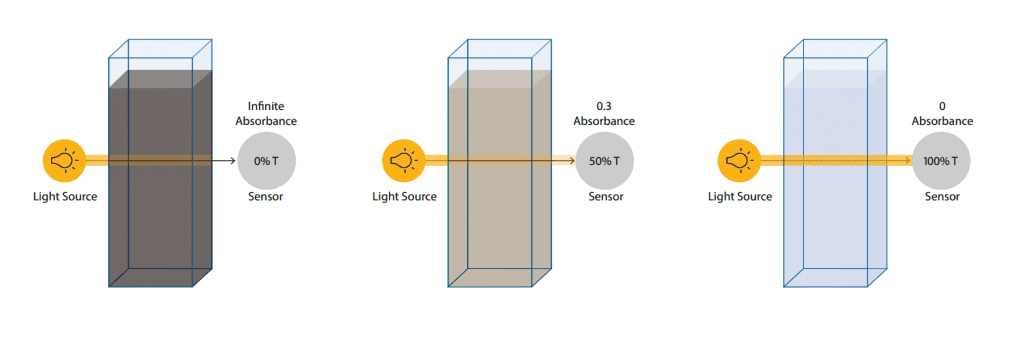
Phototherapy
UV sensors are integral in medical applications such as phototherapy. In the treatment of certain skin conditions like psoriasis, UV light is used to alleviate symptoms. UV sensors help regulate the intensity and duration of UV exposure during phototherapy, ensuring that patients receive the therapeutic benefits while minimizing the risk of adverse effects.
In the wild: Sunlight can help improve symptoms of eczema for some people by reducing the inflammatory response in the skin. Prescribed by some dermatologists and closely monitored by sensors and medical professionals, patients with treatment-resistant eczema can undergo UVA and UVB exposure to manage symptoms
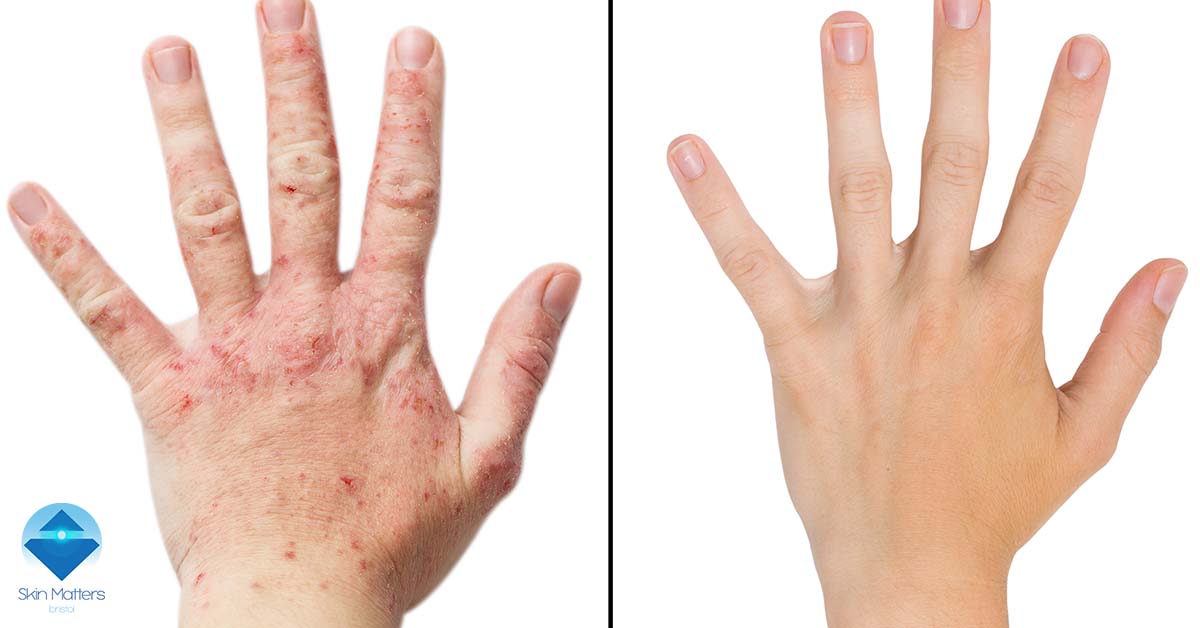
Horticulture and Agriculture
In horticulture and agriculture, UV sensors play a crucial role in optimizing plant growth. UV light affects the development of plants, and sensors help monitor and control the UV exposure in greenhouse environments. This enables growers to create ideal conditions for plant growth, improve crop yields, and enhance the quality of fruits and vegetables.
In the wild: UV sensors are used in precision agriculture in particular crops like cannabis or leafy green vegetables, where overexposure to UV-rays can stunt leaf growth or affect potency. Many companies in the smart agriculture industry are making sensors farmers can access remotely to monitor the sun exposure (and other environmental factors) of their crops.
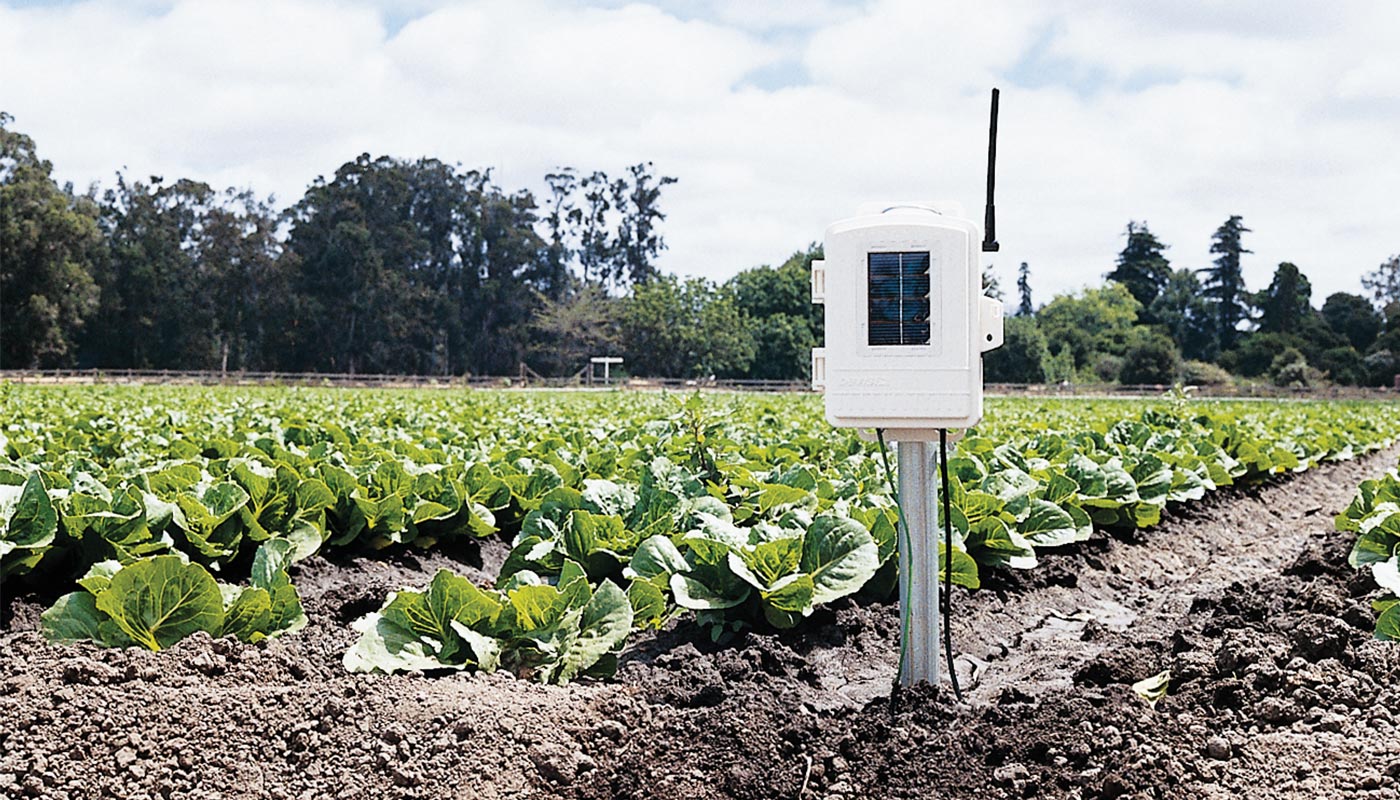
The versatility of UV sensors makes them invaluable across a spectrum of industries, contributing to advancements in health, safety, and environmental monitoring. As technology continues to evolve, the applications of UV sensors are likely to expand, driving innovation and improving our ability to harness the benefits of ultraviolet radiation while minimizing its potential risks.
Have you used any of the UV applications we discussed above? Tell us about it! If you're interested in building your own project with UV sensors, check out our normal and mini sized UV sensors right here:
